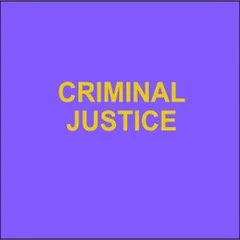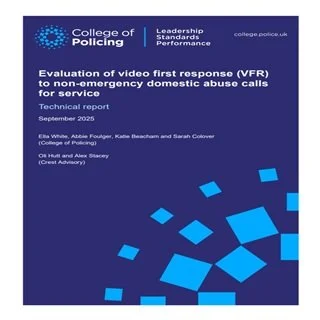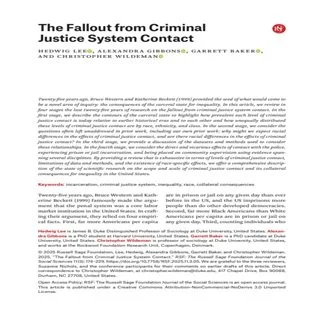By Ella White, Abbie Foulger, Katie Beacham and Sarah Colover. Oli Hutt and Alex Stacey
Video first response (VFR) is a virtual police response to eligible non-emergency domestic abuse calls for service that uses video conferencing software. The evaluation of VFR aimed to understand the impact of the initial police response to domestic abuse calls being conducted via video. The quality and victim perceptions of the initial police VFR and criminal justice outcomes were compared with an in-person, business as usual response (BAU). The research involved two pilot forces, with a randomised control trial in one force and a quasi-experiment in the other. The research compared data from police systems, case file reviews, a victim survey, and interviews with officers and stakeholders. Meta-analysis The meta-analysis aimed to provide an aggregated assessment of the outcome measures from: the two pilot forces in this evaluation the evaluation of rapid video response (RVR) conducted in Kent Police in 2021 The meta-analysis found: Time taken to both respond to and resolve a call for service was significantly faster for VFR, compared to BAU. Differences in arrest rates between VFR and BAU cases were not statistically significant. However, the meta-analysis found a statistically significant difference between the pilot studies. This reflects the mixed results between pilot studies. The Kent pilot found a significantly higher arrest rate in VFR cases. The West Yorkshire pilot found a significantly higher arrest rate in BAU cases. The West Midlands pilot found that VFR cases had a similar arrest rate to BAU, with no statistical difference between them. No statistically significant difference was found in victim satisfaction between the VFR cases and BAU overall.Findings from the VFR evaluation Impact on quality of initial police response VFR response can speed up response times – response times increased significantly in both forces. VFR may affect whether or not an incident is ‘crimed’. In one force, more BAU cases were reported as a crime than VFR cases, while the other force showed no difference. High levels of missing data may have affected these findings. VFR may improve the quality of risk assessment. Appropriately detailed risk assessment forms were significantly more likely in VFR conditions in one of the pilot forces. The other force showed no difference between VFR and BAU. The findings were mostly in favour of VFR victims having more positive safeguarding outcomes. In both forces, case file review data suggested that more safeguarding referrals were made in VFR cases, compared to BAU cases. In one force, the case file review found that information on support services was more likely to be shared with victims who had a VFR response compared to those who had a BAU response. In the other force, the victim survey found that more BAU victims said they were referred to an independent domestic violence adviser (IDVA) compared to VFR victims. However, the sample size was small for both the case file review and victim survey. Impact on criminal justice outcomes Arrest rate and time taken to arrest differed in the pilot forces. For one force, VFR had a similar arrest rate to BAU cases, with VFR having a shorter time to arrest compared to BAU. In the other force, the arrest rate was higher for BAU, which also had a shorter time to arrest compared to VFR. In both forces, VFR cases had a similar charge rate and outcome 16 rate (victim chooses not to support, or withdraws support for, further police action) to BAU.
College of Policing. college.police.uk. September 2025




